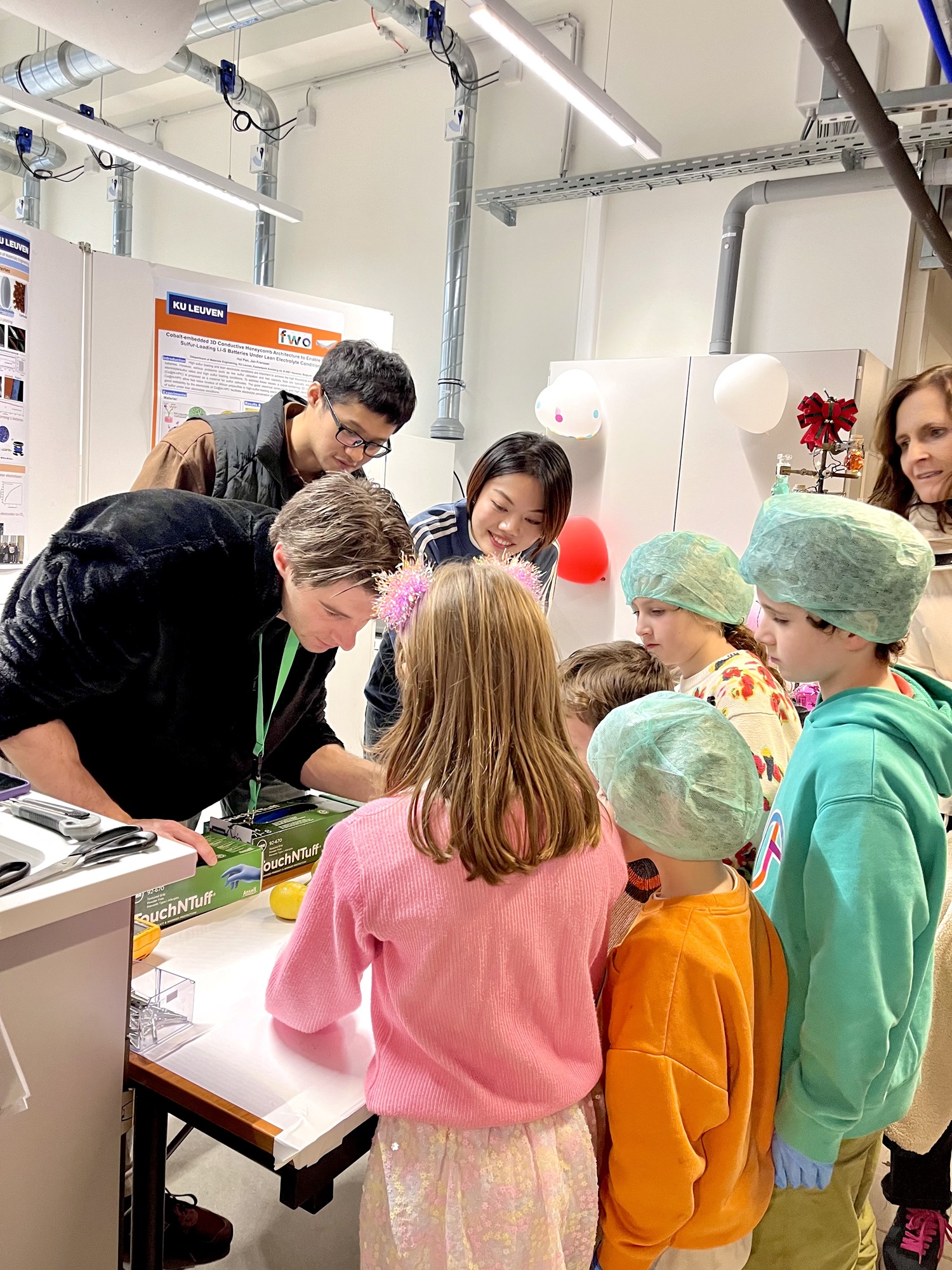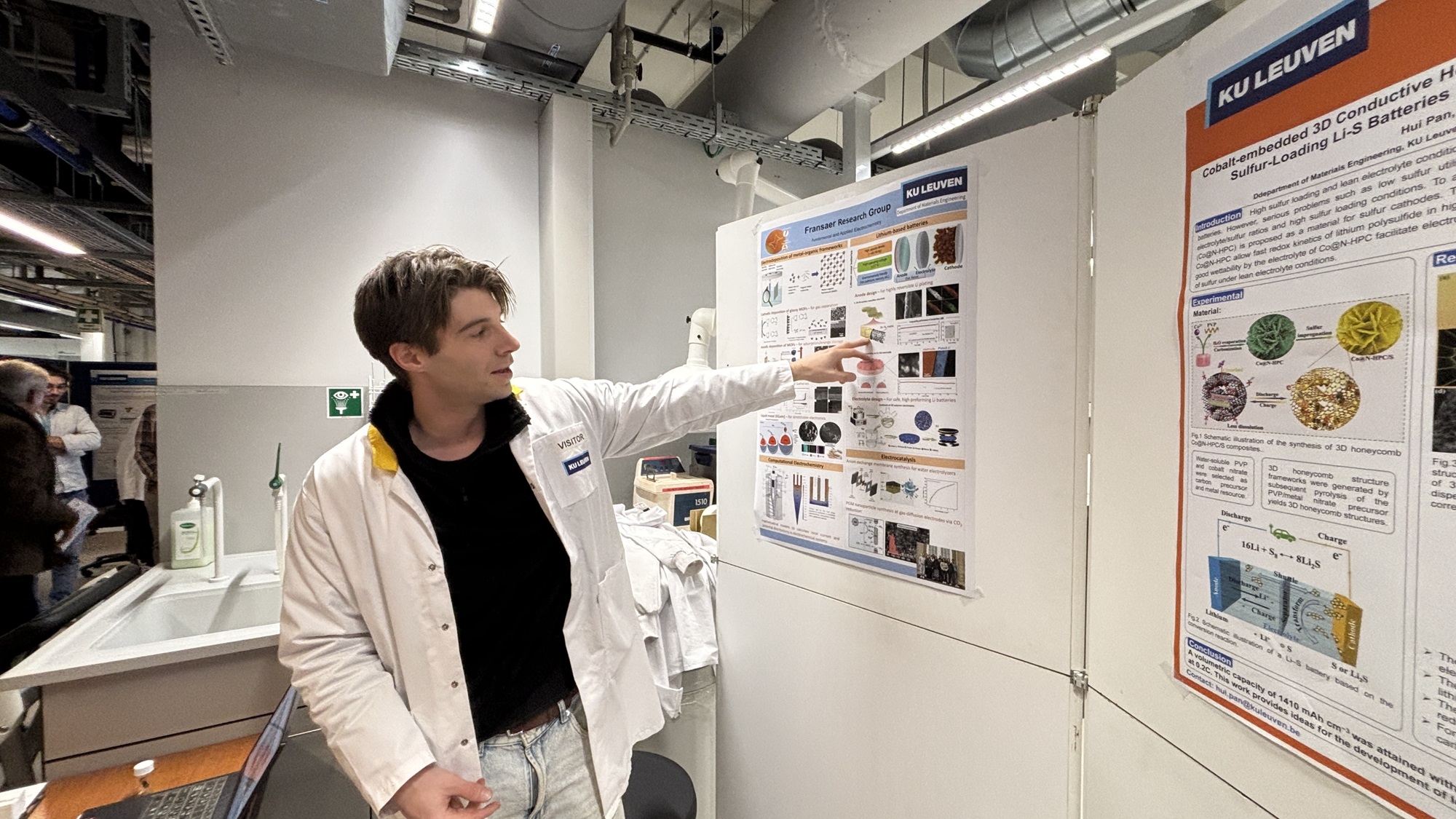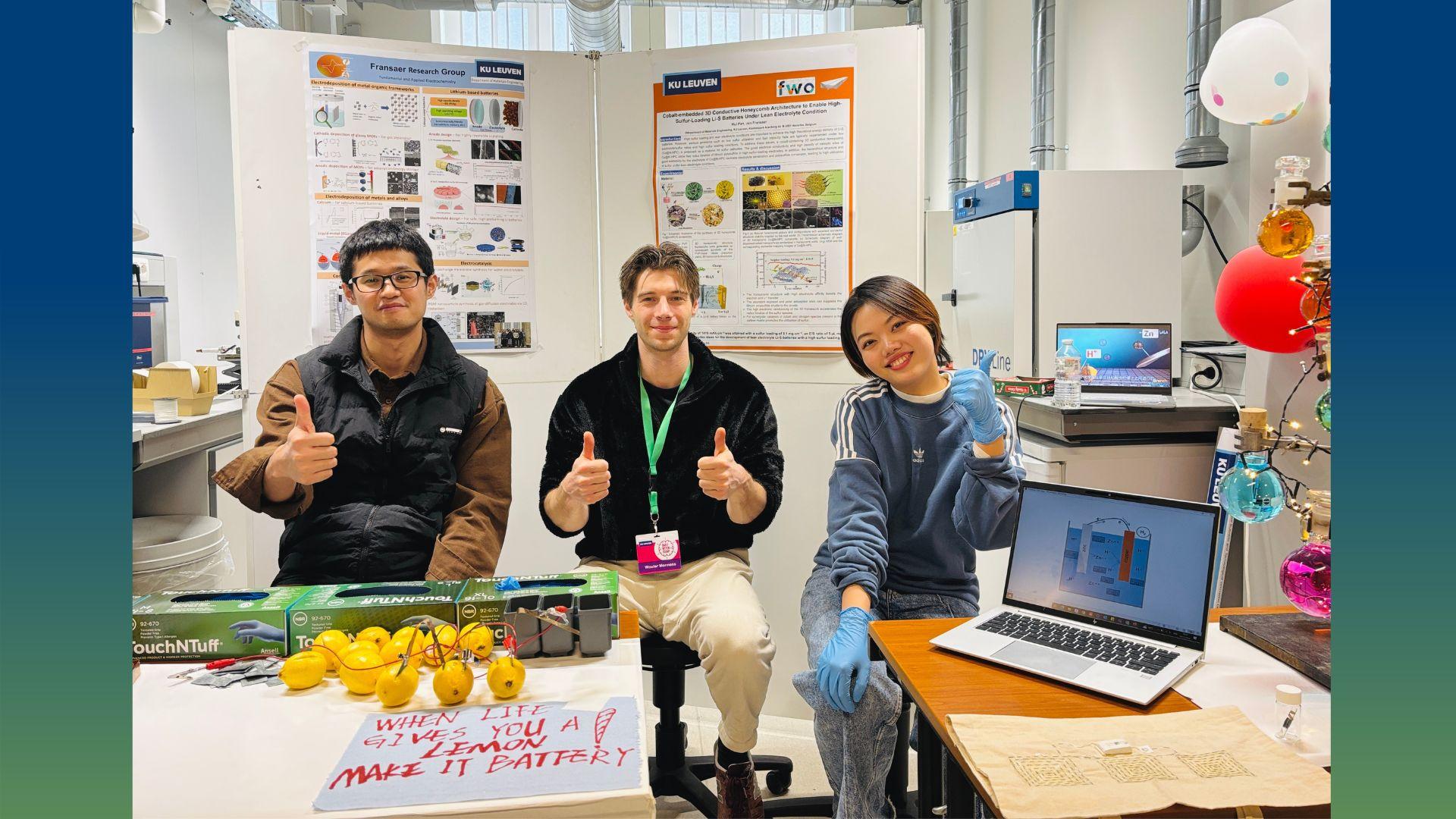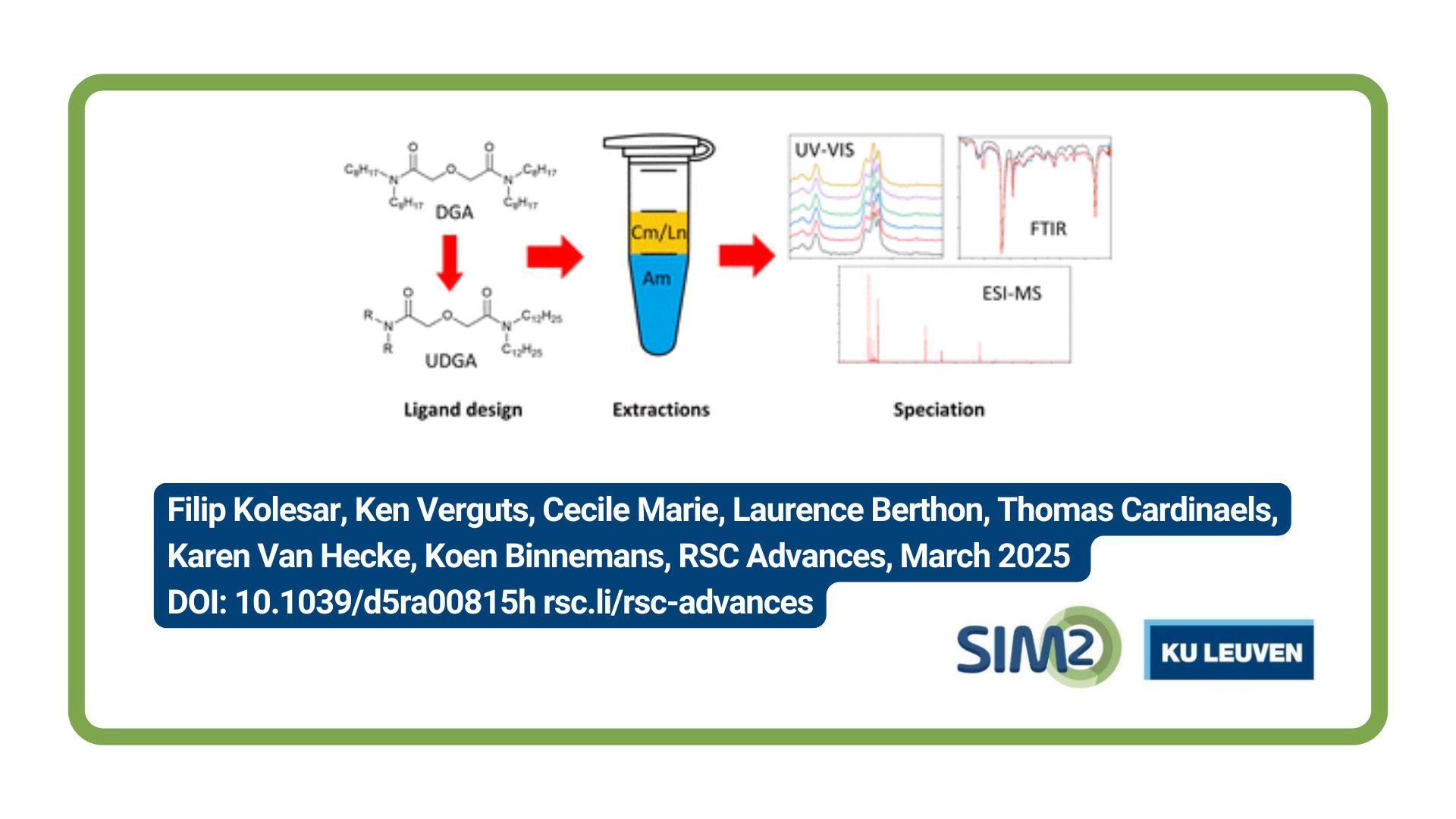Researchers from KU Leuven's Department of Materials Engineering, Wouter Monnens and Zhenyu Zhou, showcased fruit-powered batteries during the Belgian National Day of Science on Sunday, November 24. Representing the ECOBAT project, they engaged the public, particularly children, in hands-on science activities, demonstrating how simple materials—lemons, copper, and zinc plates—can be combined to create a working battery. By inserting copper and zinc plates into lemons and connecting them with wires, children witnessed firsthand how electricity is generated. The young participants were thrilled to construct their own fruit batteries, which they used to power colorful LED lights.



How Do Fruit Batteries Work?
The fruit batteries work by immersing copper and zinc plate into lemon and connecting them by wires. The citric acid of the lemon reacts with the zinc plate (anode) and releases electrons (oxidation reaction). Copper pulls electrons more strongly than zinc, so loose electrons will move towards the copper plate (cathode). The citric acid of lemon conducts electricity, making the lemon an electrolyte. Moving electrons form electric current, which is what lights up the bulb. There is approximately 1 V of potential difference between the two metal plates. By combining different fruit batteries kids could increase voltage to the one necessary to light up LED lamps.
 The researchers used this simple yet effective demonstration to explain the principles behind next-generation post-lithium batteries, a key focus of the ECOBAT project. This initiative, supported by the FWO and F.R.S.-FNRS under the Excellence of Science (EOS) program (grant number 40007515), aims to advance battery technology for a sustainable future.
The researchers used this simple yet effective demonstration to explain the principles behind next-generation post-lithium batteries, a key focus of the ECOBAT project. This initiative, supported by the FWO and F.R.S.-FNRS under the Excellence of Science (EOS) program (grant number 40007515), aims to advance battery technology for a sustainable future.

Let’s hope this interactive experience has sparked a passion for science and inspired a new generation of battery innovators!





